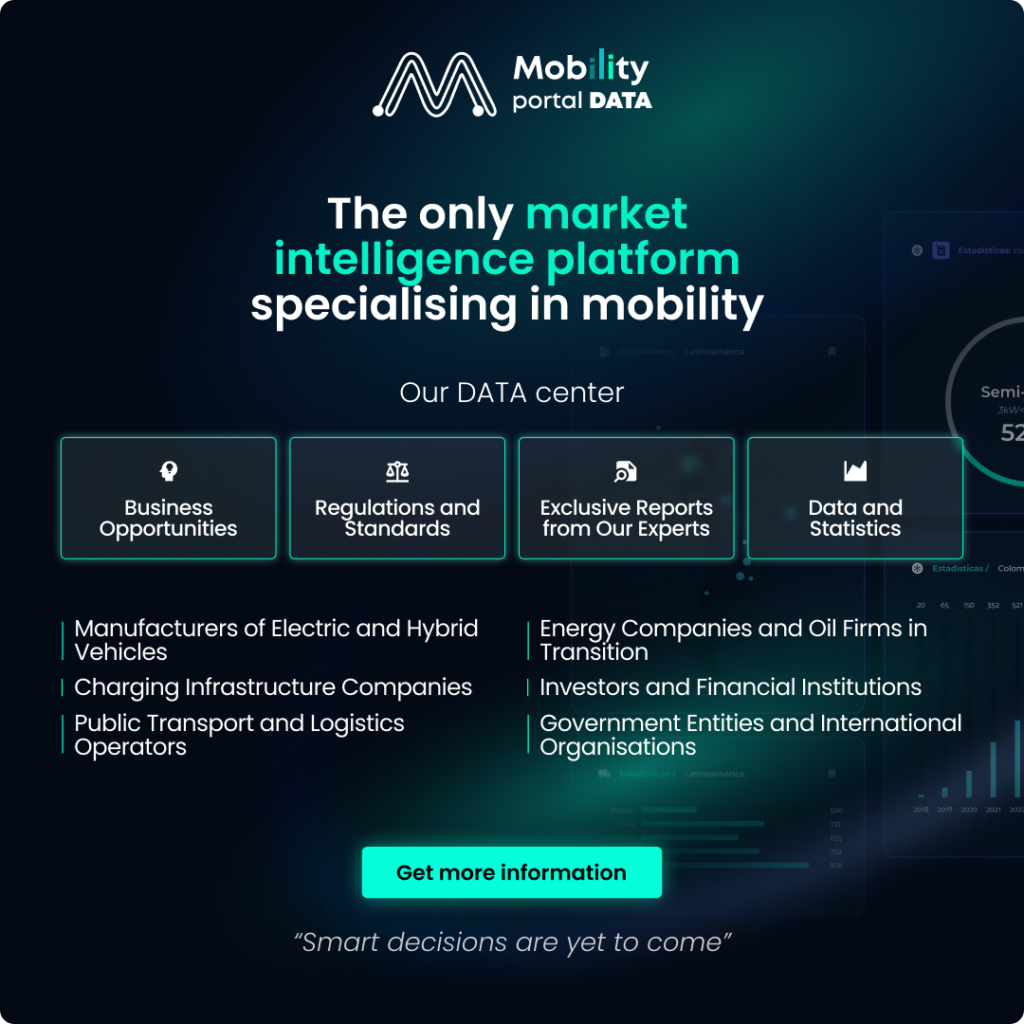California has reached a significant milestone with over 2 million ZEVs sold, further cementing its leadership in clean vehicles. This achievement comes just two years after surpassing the 1 million ZEV sales mark.
To ensure continued progress, Governor Gavin Newsom has pledged to propose a revamped version of the state’s successful Clean Vehicle Rebate Project (CVRP) if the incoming Trump administration rescinds federal ZEV tax credits.
Phased out in 2023, the CVRP had supported over 594,000 vehicles and saved more than 456 million gallons of fuel during its operation.
The proposed California rebates, which aim to drive innovation and competition in the ZEV market, would be financed through the Greenhouse Gas Reduction Fund, funded by polluters under the state’s cap-and-trade program.
“Consumers continue to prove the skeptics wrong: zero-emission vehicles are here to stay. If the Trump administration eliminates the federal tax credit, we will step in to double down on our commitment to clean air and green jobs in California. We’re not backing down on clean transportation—we’re making it even more affordable for people to drive pollution-free vehicles,” said Governor Gavin Newsom.
In the third quarter of 2024 alone, Californians purchased 115,897 ZEVs, representing 26.4% of all new vehicle sales in the state. With more electric and plug-in hybrid vehicles on the road daily, Californians are benefiting from the state’s efforts to build a larger, more reliable charging network.
A National Leader in ZEV Vehicles and Infrastructure
California’s unparalleled support for green vehicles is evident in its investments to enhance EV accessibility and reliability. In 2024, the state intensified its efforts to improve the charging network, with key developments including:
- Installation of 150,000 public and shared private EV chargers statewide, in addition to over 500,000 home chargers.
- Receipt of over $32 million in federal funding to install and maintain 458 DC fast chargers along highways, with approval for an additional $81.7 million in federal funds for next year.
- Grants and rebates worth thousands of dollars available to low-income Californians through platforms like ClimateAction.ca.gov and ElectricForAll.org.
Beyond personal vehicles, California has also focused on decarbonizing freight transport and school districts. Recent initiatives include:
- $102 million for hydrogen refueling stations and ZEV charging along key freight corridors.
- $500 million to deploy 1,000 additional ZEV school buses.
Expanding California’s Charging Network
State agencies are working tirelessly to accelerate EV charger deployment and reduce bureaucratic barriers. Efforts include:
- Gathering better data on EV charger availability.
- Prioritizing ready-to-deploy projects for state and federal incentives.
- Developing the Zero-Emission Vehicle Infrastructure Plan (ZIP) to outline a comprehensive strategy for achieving California’s ZEV goals.
- Updating transportation energy forecasts and establishing reliability standards.
California is investing billions to deploy ZEV infrastructure, break down barriers, and expand access in underserved and low-income areas. According to the California Air Resources Board (CARB), 30.3% of all new ZEVs sold in the U.S. are purchased in California.
California’s Comprehensive Transition to Clean Transportation
This milestone marks a significant step in California’s journey toward a clean transportation future. Alongside its promotion of ZEVs, the Newsom administration is prioritizing clean fuel production, improved rail and public transit infrastructure, and a smarter, cleaner electrical grid.
While advancing efforts to avoid gasoline price spikes, California is laying the groundwork for a sustainable, emission-free transportation system that benefits everyone.







